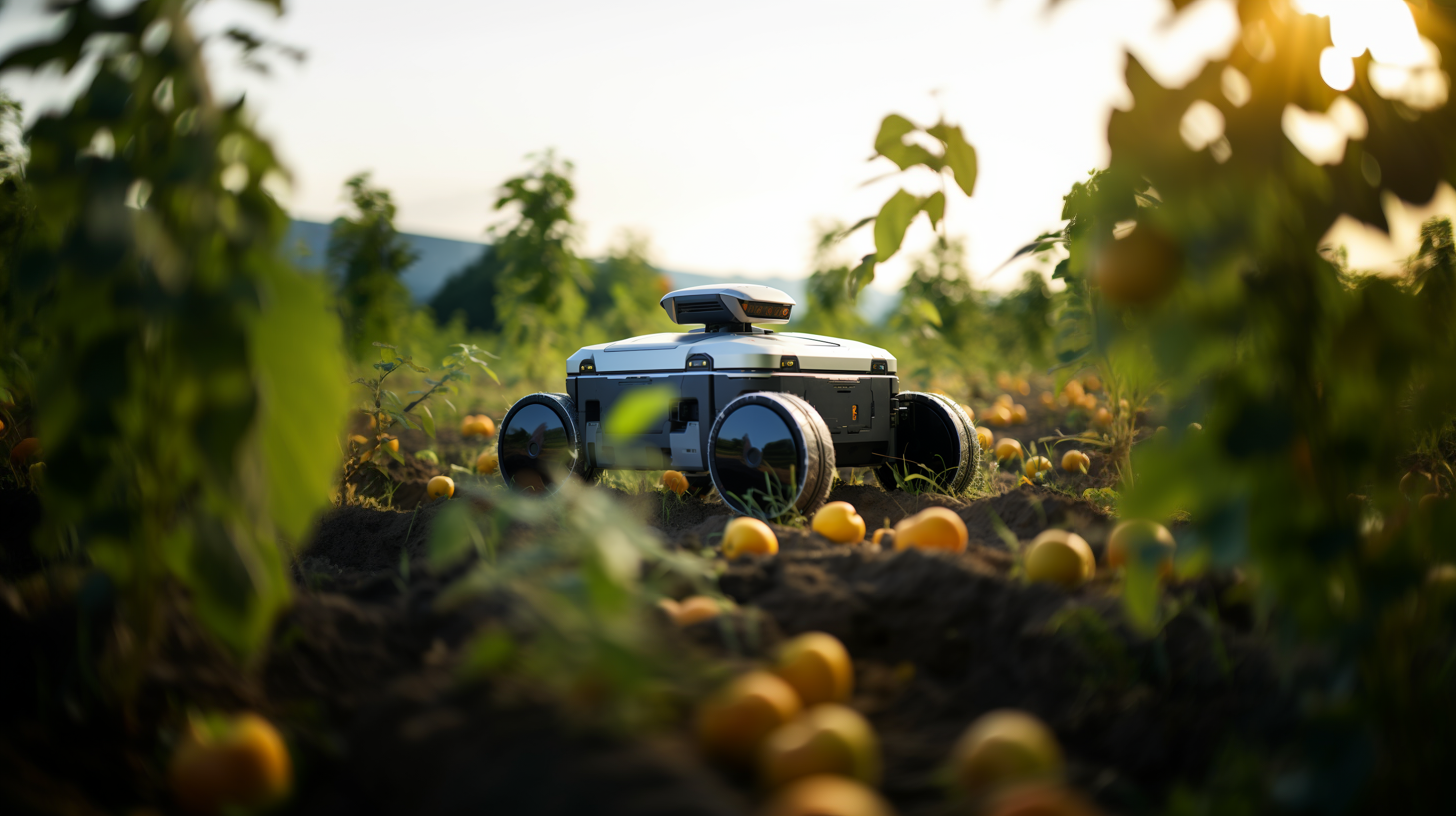Recent
-
-
Introducing Version 4.0.0 of the MicroStrain ROS Driver
Jan 29, 2024 /
-
-
-
Enhancing Vision-Based Robots with IMUs
Dec 19, 2023 /
-
-
-
MicroStrain to Join the HBK Family
Sep 18, 2023 /
-
-
-
Four Ways to Improve Your IMU Performance
Jun 30, 2023 /
-
Enhancing Vision-Based Robots with IMUs
- By joe.beckwith /
- Published Tue, 12/19/2023 - 10:49

In the ever-evolving landscape of robotics, particularly in autonomous systems, the integration of various sensory technologies is not just a trend, but a necessity. While vision systems, like cameras and LiDAR, are pivotal in navigation and environmental interaction, there's an emerging consensus on the benefits of incorporating an Inertial Measurement Unit (IMU) into these robots. This article delves into the practical scenarios where adding an IMU to a vision-system-equipped autonomous robot is not just beneficial, but essential.
Understanding IMUs: The Basics
An IMU is a sensor device that measures and reports a body's specific force, angular rate, and sometimes the magnetic field surrounding the body, using a combination of accelerometers and gyroscopes, and sometimes magnetometers. IMUs are often used to maneuver ground vehicles, aircraft (including UAVs), and spacecraft, including satellites and landers.
Key Advantages of IMUs
- Motion Tracking: IMUs provide accurate motion data by measuring linear and angular motion.
- Orientation and Stability: They play a critical role in determining the orientation of the robot and maintaining stability during movement. For instance, the MicroStrain 3DM-CV7-AHRS offers a tactical-grade gyro and an integrated magnetometer for absolute heading tracking, enhancing the robot's motion detection and orientation capabilities.
- Independent Functionality: Unlike vision systems, IMUs do not rely on external environmental factors and can operate in varied and challenging conditions.
Vision Systems in Robotics
Vision systems, encompassing cameras and LiDAR, have become a backbone in the robotics field, especially in autonomous navigation. They offer environmental mapping, object detection, and real-time decision-making capabilities.
Challenges Faced by Vision-Only Systems
- Limited Visibility Conditions: Poor lighting or occlusions can significantly degrade the performance of vision systems.
- Environmental Constraints: Specific environments might not be conducive to optical methods, such as underwater or in extremely dusty conditions.
- Processing Intensive: Vision data processing can be computationally expensive, demanding substantial power and resources.
When to Integrate an IMU with Your Vision System Robot
1. Enhanced Navigation in Challenging Environments
In environments where visual cues are unreliable or unavailable, IMUs can provide critical information about the robot's movement and orientation. For example, in smoke-filled rooms or foggy conditions, where cameras and LiDAR struggle, an IMU ensures continuous navigation data.
2. Improved Accuracy and Stability
Combining IMU data with vision systems can lead to more accurate and stable robotic movements. The IMU compensates for any temporary lapses in visual data, ensuring smoother operation and reducing the risk of erroneous movements or drifts.
3. Redundancy for High-Reliability Applications
In scenarios where consistent, fail-safe operation is crucial, such as in autonomous vehicles or medical robotics, having a backup system is essential. An IMU provides an additional data source, ensuring that the robot maintains its functionality even in the event of vision system complications or failures.
4. Real-Time Motion Feedback for Dynamic Environments
In dynamic environments where conditions change rapidly, the immediate feedback from an IMU can be invaluable for quick adjustments and decision-making, complementing the broader, but sometimes slower, data processing of vision systems.
5. Energy Efficiency in Prolonged Operations
For applications requiring prolonged operational periods, relying solely on vision systems can drain energy resources. IMUs, being less power-intensive, can offer vital navigational data while conserving energy.
Conclusion
The decision to incorporate an IMU into a vision-based autonomous robot hinges on the specific application requirements and environmental conditions. In scenarios where precision, reliability, and operational resilience are paramount, the synergy of IMU and vision technologies can unlock new capabilities and enhance the overall performance of your robotic systems. As we advance in the field of robotics, the harmonization of diverse sensory inputs will not just be an option, but a requisite for creating robust, versatile, and efficient autonomous systems.
Got a question about incorporating an IMU into your vision-equipped system? Reach out to one of our experts and we can get you the information you need!










